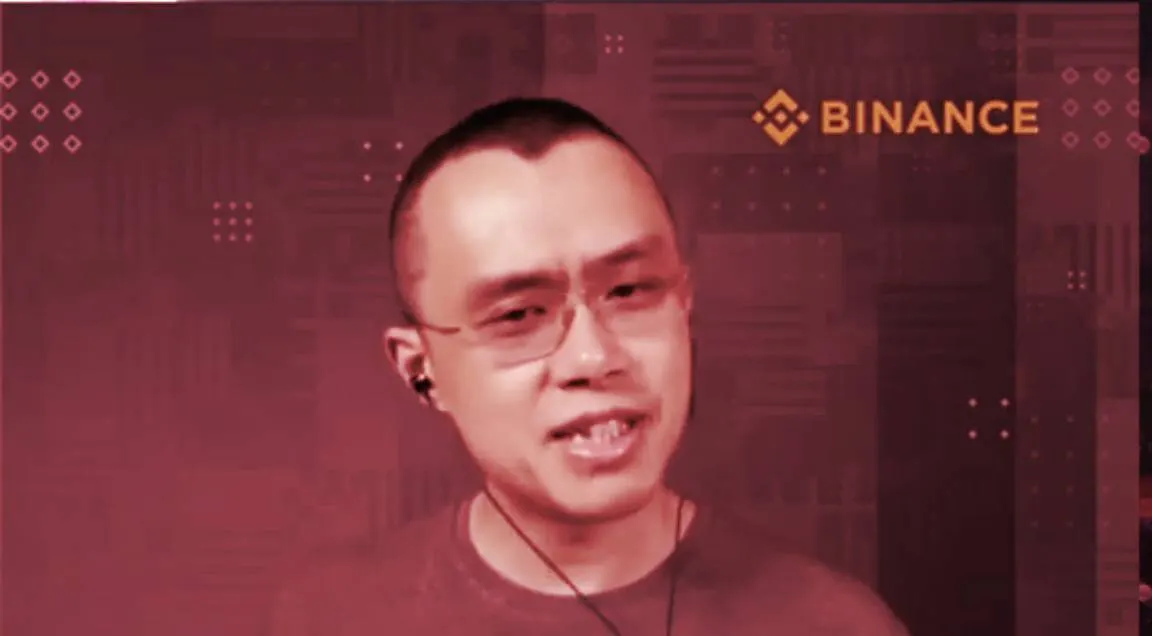As the FTX collapse highlighted the urgency for more transparency among crypto exchanges, Chanpeng "CZ" Zhao said Binance is working on implementing a new proof-of-reserves protocol developed by the Ethereum co-founder Vitalik Buterin.
One way for exchanges to give investors a clearer picture of their solvency situation is to use a cryptographic-based reserves mechanism for accounting procedures.
The proof-of-reserves protocol, which has been around for some years, uses the Merkle Tree algorithm to integrate a large amount of data into a single hash and efficiently verify the integrity of the data set.
CZ pledged to provide “full transparency” through Merkle Trees by implementing the mechanism at Binance, urging all other crypto exchanges to do the same.
This process, however, might take a while. Though Binance published a snapshot of its hot and cold wallet addresses as of November 10, the world’s largest exchange by trading volume appears to be seeking alternative ways to bring more transparency to its reserves
“Typically, we need a third-party auditor to be involved. Unfortunately, our number one third party auditor was kinda busy as they are also the auditor for FTX reserves, and you know, there’s a bit of scrutiny there,” Binance CEO said during today’s Twitter Spaces AMA.
Thanks to the 40,000+ people for listening in. Will try to do this a bit more often given the demand. https://t.co/OkCFNhLv4Y
— CZ 🔶 Binance (@cz_binance) November 14, 2022
'Guinea pig' for new protocol
According to CZ, this afternoon, he spoke to Buterin, who “wants to come up with some type of new proof-of-reserves protocol and use Binance as a guinea pig, or the first test case.”
“He’s quite excited about it, and we are connecting our teams to do that," said Zhao. "Roughly, we can expect a timeline of about a couple of weeks, and this is the reason why we published all our cold wallet addresses so that people can see them directly."
It is not immediately clear how different this new protocol will be from the already existing cryptographic solution.
The Binance CEO said that “this is probably not as good as a Merkle Tree, but at least we can say: 'Look, this is how much funds we have,' and anything people do to increase transparency is good.”
Following the FTX fallout, a host of other crypto exchanges promised to share their Merkle Tree proofs of reserves as well publicly.
These include the likes of Crypto.com, which moved to disclose its reserves on Friday, and Huobi Global, publishing an interim asset transparency report on Sunday.

